Whatapp:
+278.3675.0634
Work Hours
Monday to Friday: 7AM - 7PM
Weekend: 10AM - 5PM
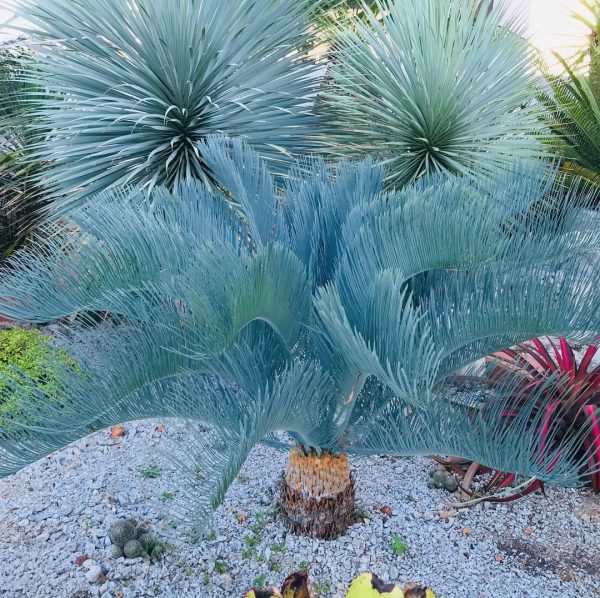
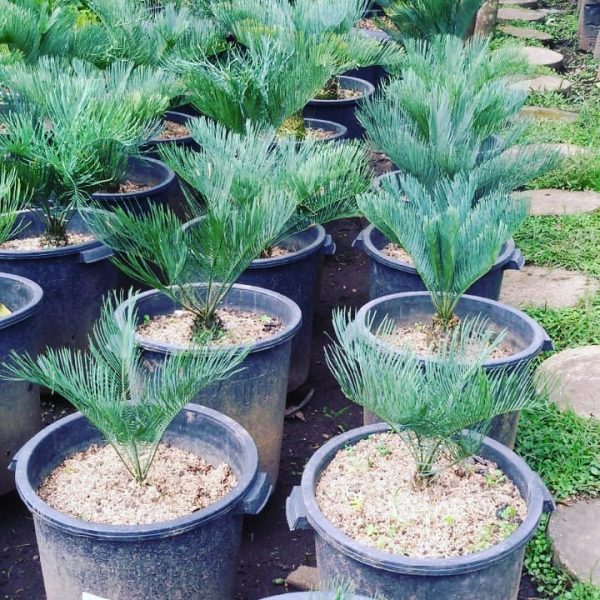
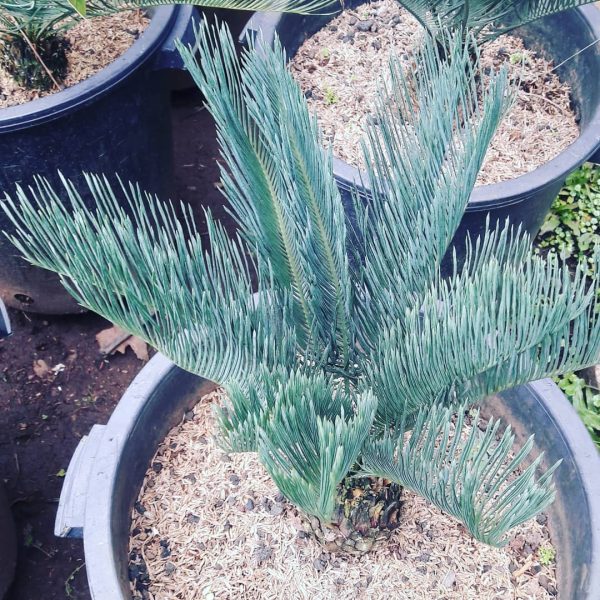
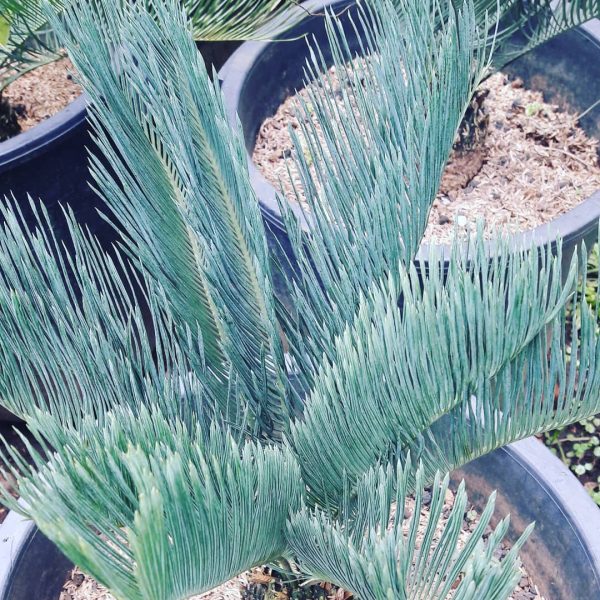
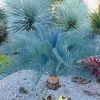
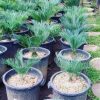
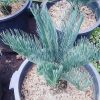
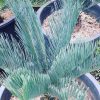
$20.00 – $80.00
Cycas cairnsiana: This species is dioecious, meaning individual plants are either male or female. Male cones are solitary,
Cycad Cairnsiana , often called the “Blue Cycad,” is a striking cycad species native to northern Queensland, Australia. It is renowned for its intense blue to silvery-blue mature fronds, which are stiff, hairless, and strongly waxy, giving the plant its distinctive color
Mature leaves are 60–110 cm long, strongly keeled, and feature 180–280 narrow leaflets with recurved margins
The foliage starts orange-brown when young, turning glaucous blue-green as it matures
The plant grows in dry, rocky, open woodlands on granite-derived soils and is adapted to seasonal extremes
It is considered vulnerable in the wild and is endemic to the Newcastle Range in northeast Queensland
This cycad is highly valued for its ornamental, blue-toned foliage and resilience in cultivation
Choose a spot with full sun to partial shade
Use well-draining sandy or loamy soil, ideally with a pH of 6.0–7.0
Mineral soils like pumice or volcanic gravel are excellent for drainage
Water generously during hot weather, especially when daytime temperatures are around 30°C
Reduce watering in cooler months; stop watering if night temperatures drop below 10°C to prevent rot
Never let the soil stay soggy-cycads are sensitive to root rot
Cycas cairnsiana prefers warmth and is sensitive to cold, especially when combined with high humidity
In cooler climates, grow in pots and move indoors or into a greenhouse during winter
Keep the caudex (base) buried to avoid dehydration
Cycads can be grown in pots or directly in the ground
Water at the roots, not on the foliage, and mulch well after planting
Use a slow-release or liquid fertilizer during the growing season for best results
All parts of the plant are toxic if ingested-keep away from pets and children
Cycas cairnsiana is slow-growing but rewarding with its striking blue foliage if given the right conditions. (Encephalartos Cairnsiana)
The best soil for growing Cycas cairnsiana is well-draining sandy or loamy soil with a pH between 6.0 and 7.0. In its natural habitat, it grows on shallow, gritty soils over granite or among rocky terrain, so a mostly mineral, rocky, or pumice-based mix is ideal for drainage and root health. Avoid heavy or water-retentive soils to prevent root rot.
The best fertilizers for Cycas cairnsiana are slow-release types with a higher nitrogen content, such as Scott’s Premix with Minors (24-7-8) or Nutricote 360 (18-6-8), both of which include essential micronutrients. Osmocote is also effective, and you can supplement with a light liquid fertilizer during the growing season for optimal results. Apply fertilizers during active growth and avoid over-fertilizing, as this can harm the plant
Fertilize Cycas cairnsiana every 6–8 weeks during the growing season with a balanced slow-release fertilizer. Alternatively, you can feed it about three times a year while it’s actively growing. Always avoid over-fertilizing and reduce or stop feeding during the dormant (cooler) months
Signs that Cycas cairnsiana needs fertilizing include slow or stalled growth, pale or yellowing leaves, and a lack of new leaf flushes during the growing season. Since cycads are adapted to nutrient-poor soils, they may not show dramatic symptoms, but a healthy, well-fed plant should periodically produce new, vibrant foliage, especially when the terminal bud begins to swell, signaling the start of active growth. If your plant hasn’t shown new growth for an extended period during warm months, it likely needs feeding
Healthy plants have vibrant, blue-green leaves and produce new leaf flushes during the growing season.
Yellowing or scorching leaves often indicate nutrient deficiencies or other stresses like underwatering or pests
Slow or stalled growth and lack of new fronds can also signal insufficient nutrients
Regular feeding (about three times per year) with a slow-release palm fertilizer helps maintain nutrient levels
Avoid overwatering and ensure well-draining soil, as soggy conditions can mimic nutrient deficiency symptoms
Monitoring leaf color and growth patterns during the active season is the best way to assess if your cycad is well-nourished. (Encephalartos Cairnsiana)
slow-release palm fertilizers with an N-P-K ratio around 12-4-12, ideally with added micronutrients like manganese. Other effective options include balanced slow-release fertilizers such as Osmocote or Nutricote 360 (18-6-8), and Scott’s Premix with Minors (24-7-8). You can also supplement with a light liquid fertilizer during the growing season for optimal results
Promotes Vigorous Growth: Its high nitrogen content (24%, with 14% fast-acting) provides the energy needed for multiple leaf flushes per year, leading to faster and healthier growth compared to many other fertilizers
Supports Coning and Seed Production: Applying Premix about two months before expected cone emergence strengthens the plant, increasing its ability to produce and hold cones and seeds
Quick Initial Boost: The formula gives a strong push at the beginning of the growth cycle, then levels off, matching the episodic growth pattern of cycads
Convenient Application: Lasts about three months, so it can be used in quarterly cycles for consistent results
Overall, Scott’s Premix with Minors is especially effective for mature or established cycads, optimizing both leaf production and reproductive performance.
Soil structure is crucial for Cycas cairnsiana root development. This species relies on a deep taproot and lateral roots for stability, moisture, and nutrient access. Well-draining, sandy or loamy soils with good aeration allow roots to grow deeply and spread efficiently, supporting healthy plant growth and resilience to drought. Poorly structured, compact, or waterlogged soils restrict root expansion, reduce oxygen availability, and increase the risk of root rot, ultimately stunting growth and making the plant more vulnerable to stress. Additionally, a loose, mineral-rich soil supports the formation of specialized coralloid roots that host nitrogen-fixing bacteria, further enhancing nutrient uptake and adaptation to nutrient-poor environments.
Contractile roots in Cycas cairnsiana seedlings play a critical survival role by pulling the young plant’s growing apex (shoot tip) deeper below the soil surface. This movement protects the sensitive apex from drying out, temperature extremes, and other environmental hazards during early development. By ensuring the shoot tip remains at an optimal depth, contractile roots help anchor the seedling securely and create favorable conditions for continued growth and establishment.
| Sizes | Small, Medium, Large |
|---|
Reviews
There are no reviews yet.